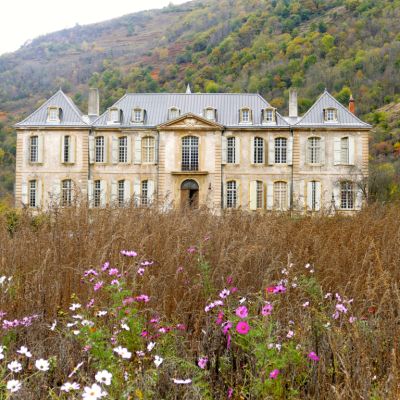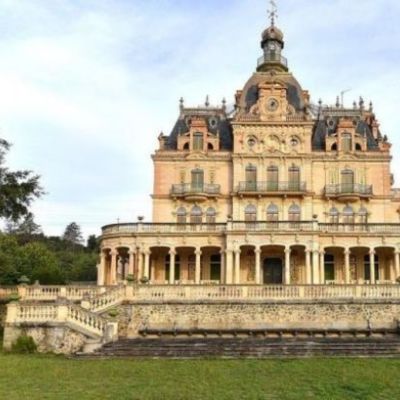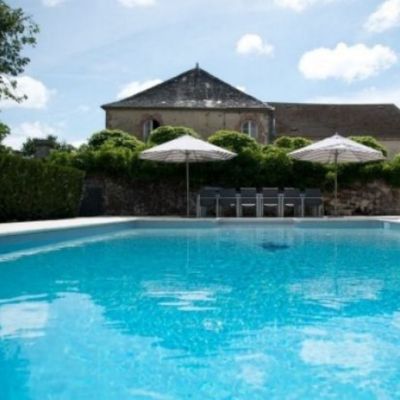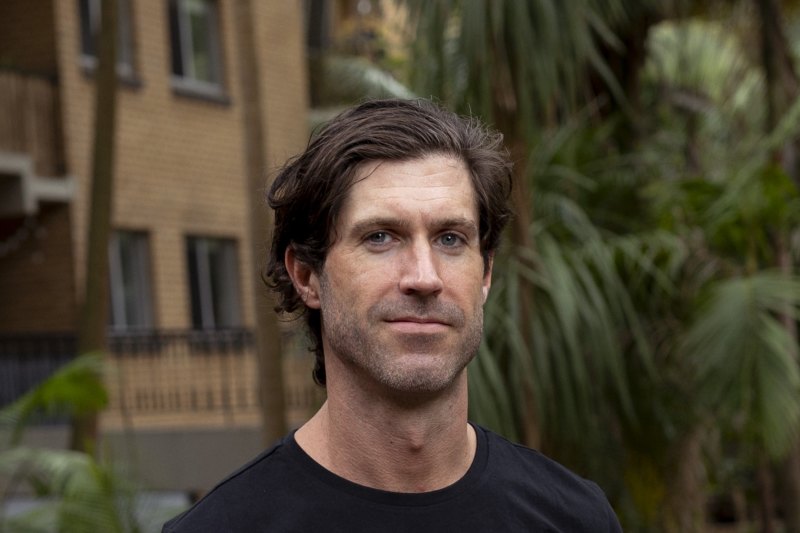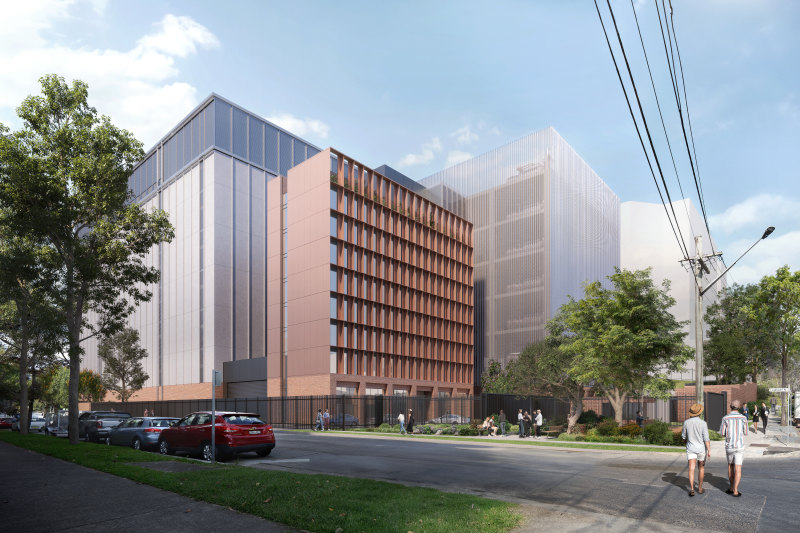'It's violent': Quaint homes in the French countryside stripped bare by speculators
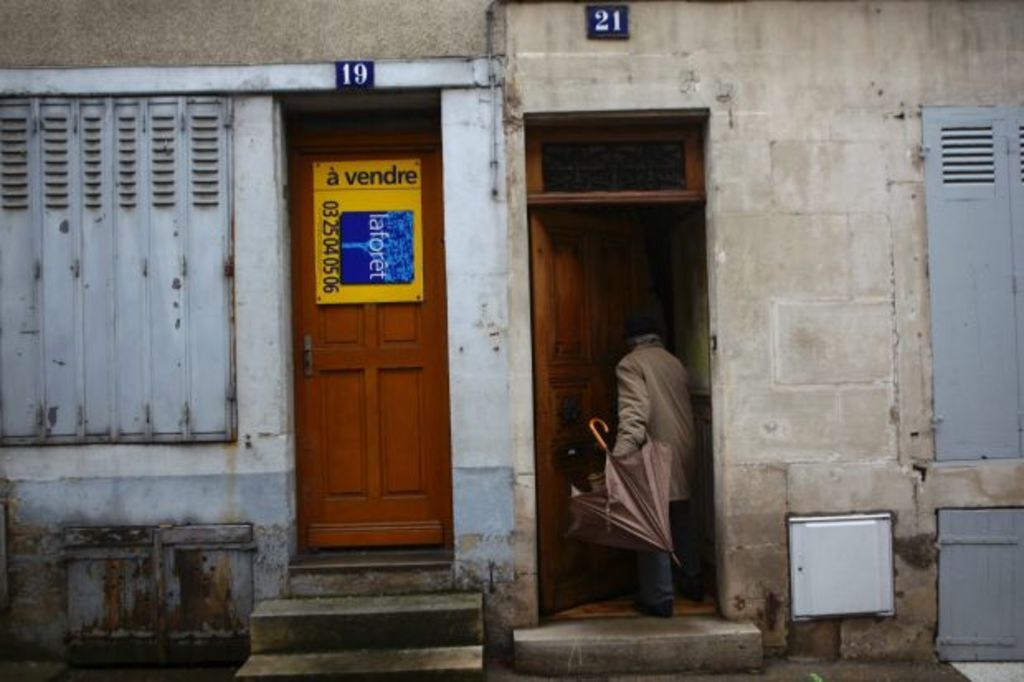
The soft-spoken mayor of this ancient village on the Marne River put his hand on my arm as we shivered in the late winter cold in front of a narrow house. Snow dusted the rooftops, and hardly a soul was in sight on the cobblestone street.
“Are you ready for this?” asked the mayor, Bertrand Ollivier, his expression pained.
“It’s violent,” he said.
The mayor’s aide for urban planning, Anthony Koenig, his hands freezing, fumbled for the key to the 16th-century house and fitted it into the front door lock; the metal scraped in the gray silence.
He pushed it open: The violence was visible.
The floorboards were gone; the room once used as a kitchen was bare of tiles. Underfoot, there was just gravel and earth. The once wood-paneled walls had been stripped down to the brick and, in some places, exposed to the elements as a cold wind blew through.
There was no ceiling, only the building’s structural beams overhead. If there had ever been a mirror over the mantel, or even a mantelpiece, it had long since vanished; so had the wooden window frames and doors.
Throughout the French countryside, especially in less-visited rural areas of eastern and central France, some homes have fallen victim to speculators who strip their architectural treasures and sell them, often abroad, leaving once graceful historic structures little more than empty shells behind gaily painted facades. In other cases, the owners themselves sell the architectural elements to raise some cash.
Joinville’s losses are anything but an exception. The sales are for the most part legal, but the phenomenon is an element in the gradual depopulation of many of France’s villages, and what some fear is an ebbing away of French traditions and culture. The issue of French identity and heritage is at the heart of the presidential campaign, and it is among the issues that have helped propel the right-wing populist Marine Le Pen to the status of a front-runner. Voting begins April 23.
“The market for this art-architecture in France is millions, tens of millions of euros each year,” said Emmanuel Étienne, deputy director of historic monuments and protected spaces for the French Ministry of Culture and Communication.
Of the thousands of export licenses sought for such goods annually, only about 10 are denied, Étienne said. Those sales halted by the government are for items considered part of France’s national heritage and have often been taken from protected sites.
Most of the pillaged architectural elements taken from villages such as Joinville are relatively mundane and have only limited value compared with the art and architecture of France’s grandest homes, which often include unique pieces.
But there is a broader market for such relatively commonplace items as antique tile floors, wood paneling, mantelpieces and chimneys, and sometimes even for staircases. They often end up in expensive homes in Germany, in the United States and occasionally in Japan, but some also go to the South of France, bought by foreigners to redo their vacation homes.
A standard architectural element from Joinville might be a 19th-century terra-cotta tile floor for a kitchen – worth about $US6,500 ($8560) depending on the size of the kitchen and the condition of the tiles. Or a mantelpiece worth as much as $US10,000, or an antique oak door worth perhaps $US600.
The loss to Joinville is greater than a sum of money: A house stripped of such details is almost impossible to sell because of the cost of restoration- or even just of stabilising the structure. The house next door also becomes less desirable and declines in value, and a small town finds it that much harder to retain its population, its attractiveness and its life.
Often speculators buy houses with the express idea of stripping them. Other times, the owners have financial emergencies or simply want to renovate and realise they can make a little extra money by selling the internal architecture, Koenig said.
Alexandre Gady, an art history professor at Paris-Sorbonne University, said the French suffered from a cultural schizophrenia, alternatively loving the past and loving modernity.
“The French will one day put a wind turbine in the middle of the Hall of Mirrors and ask, ‘What’s the problem?'” he said, referring to the central gallery in the Palace of Versailles, just outside Paris.
Undaunted, Ollivier, the mayor of Joinville, has forged ahead with a project to save his village’s homes, which for him are almost sentient beings, carrying within their wood, brick and stone the story of the region: its rise and fall, its wealth and poverty, its prominence and obscurity.
Ollivier has undertaken half a dozen different initiatives, including using the laws at hand and hiring Koenig, an energetic 33-year-old with a fervent commitment to preservation, and Noémie Faux, , a Joinville native with a love for its old homes.
Faux is compiling a register of every old home in Joinville, including the heritage items inside. Also working closely on the project is a deputy mayor, Thierry Paquet, who said he wanted to preserve the buildings so more people will move to the village and raise children here.
They have turned to a seldom-used law that allows the mayor to intervene when construction (or, in this case, deconstruction) could make a building unsafe and require renovation. They have also started an adopt-a-building program to provide a source of funds for structures in need of repair.
Today, while there are still many “for sale” signs around town, the mayor’s office is often involved in ensuring that the buyer is not a speculator and sometimes even uses its limited budget to buy the houses to ensure their preservation, before working to find a good buyer.
“I am truly a Joinville native,” Ollivier said. “I am very attached to everything having to do with our heritage here.”
“One must finally be very modest,” he added, “because when you see all this heritage of the 17th century, the chateau from the 16th century, all that was built, one has an obligation to safeguard it. It’s really our first mission.”
We thought you might like
States
Capital Cities
Capital Cities - Rentals
Popular Areas
Allhomes
More
